Heat is the New Enemy of Starlink’s Satellite Broadband Service
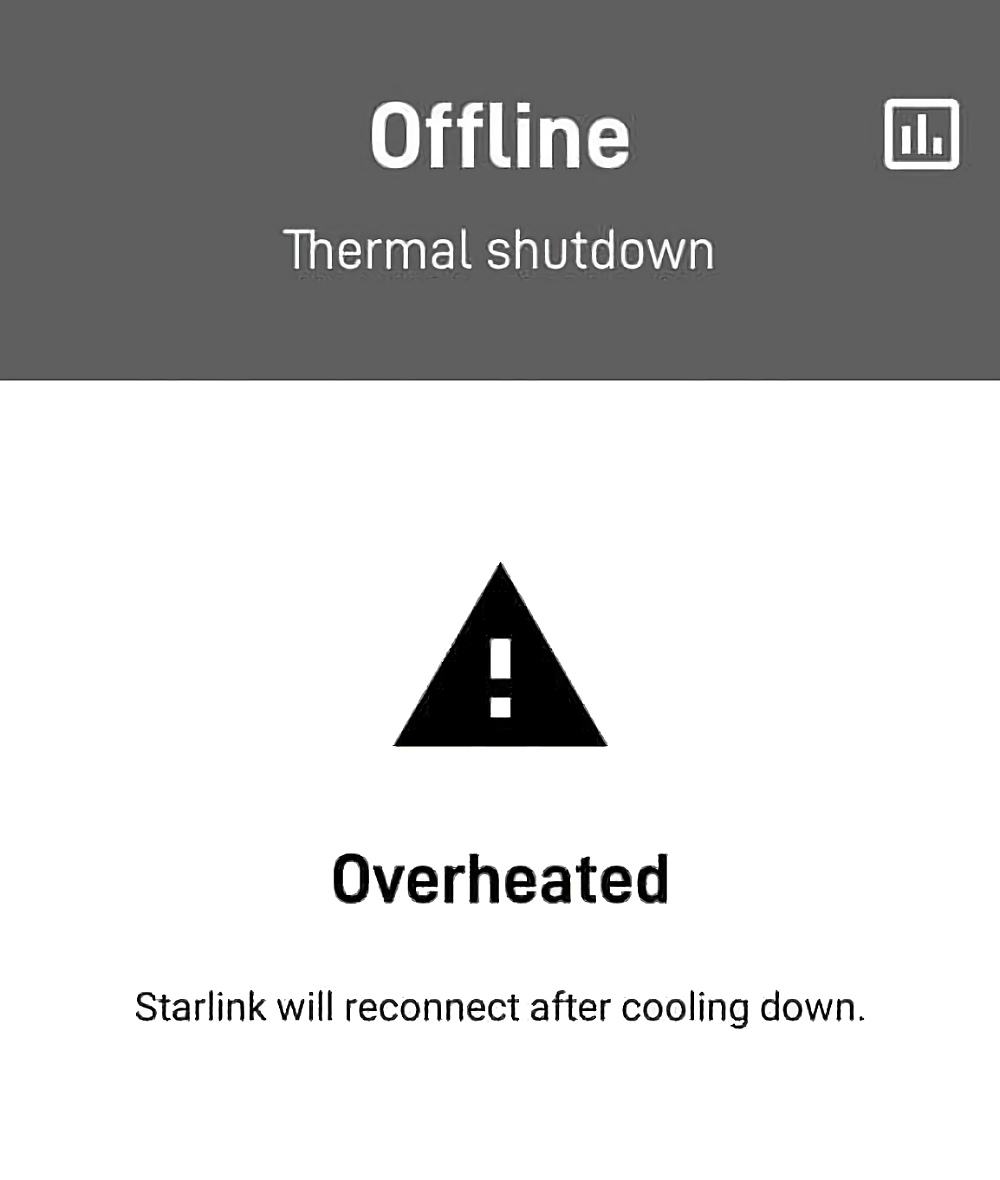
Some customers of SpaceX’s new Starlink ISP, which operates a growing mega constellation of Low Earth Orbit (LEO) based ultrafast broadband satellites, are finding that high winds, visibility of the sky and power usage aren’t the only issues they’ll have to contend with, as the dish can also shut down during very hot weather.
At present SpaceX has upwards of 1,600 active LEOs in orbit (space) around the earth and their initial ambition is to deploy a total of 4,425 by 2024, which could potentially be followed by as many as 12,000 at a later date (possibly late 2026). The service has already gone live in the USA, Canada, the UK and is now extending into Europe and other parts of the world, albeit still technically in a pre-launch beta phase.
Customers in the UK have to pay £89 a month for the beta service, plus £54 for shipping and £439 for the kit (dish, router etc.). But for that you can expect to receive unlimited usage, fast latency times of 20-40ms, download speeds of between 50-150Mbps and uploads of c.20Mbps, which may reach c.300Mbps by the end of the year as more LEOs go live (here).
So far, the new service has been generally quite well-received and represents a huge, if still fairly expensive, improvement over the performance of larger geo stationary communication satellites in high earth orbit. However, the service is not without fault, and Starlink’s beta phase has identified a number of issues. Some of these may resolve themselves naturally as the network grows, but others could be harder to fix.
Starlink Issues Identified During Beta
— It’s Power Hungry
A regular fixed line broadband router may only gobble a handful of Watts or so, but Starlink’s kit tends to use about 89 Watts when idle and then bumps up to around 110w during normal usage (average of c.100w). The occasional peak, reaching at most 175.7w (the Power Supply Unit is rated for 180w), can also occur (here).
— You Need a Very Clear View of the Sky
Starlink isn’t designed for urban environments, as there will often be too many buildings around that could partially obstruct your view of the sky. But in rural areas, which is more the company’s focus, a bigger problem is often trees. If even part of a few trees are encroaching upon the dish’s wide viewing requirements of the Sky then it can result in connection drops (it’s easy to fall foul of this issue).
You can often improve this by professionally mounting the dish higher up on your roof, but over the medium-term this may become less of a problem as Starlink launches ever more LEOs (i.e. making it easier to hold a connection, even with some obstruction to your view).
— Beware Heavy Wind and Rain
Not unlike other Satellite broadband services, Starlink states that “heavy rain or wind can also affect your satellite internet connection, potentially leading to slower speeds or a rare outage.” As a result, those who come to depend upon it may want to try professionally mounting the dish in a location that is less likely to be buffered by the wind (not so easy, given that issue with needing a clear view of the sky). However, by the sounds of it, you’d only really have to worry about the extreme hurricane force winds or similar gusts and that’s less of an issue in the UK.
As for snow, Starlink can detect and melt snow that falls directly on the dish.
However, this isn’t the end of the story, because as the temperatures creep up a number of customers have complained that Starlink’s system will shut down once the dish itself reaches around 48-50c (118-122 Fahrenheit). Once this occurs, the Starlink App will often report that the system has gone into a “Thermal shutdown” and it won’t always return to life until the dish falls to around 40c (104 Fahrenheit).
Now this is less of a problem in the UK, although it should be said that the surface temperature of the dish may be higher than the air temperature (radiating heat from the ground won’t help), and we do sometimes get extreme heatwaves that could test such limits. But it’s a much bigger problem if you live in a naturally hot location, such as Arizona in the USA (examples from Reddit).
Such things may become more common with climate change, as temperatures are expected to rise and that in turn will result in more extreme weather conditions (heat waves etc.). The good news is that if consumers are aware of all these caveats then they can make an informed decision about the purchase and dish placement (wind protection, unobstructed view and shade – a difficult balancing act), which could mitigate the problems.
Officially, Starlink has only said that their dish is certified to operate from -22 below zero and up to 104 Fahrenheit. But clearly, they could have done a bit more work to ensure that it was more durable in hotter climates. We suspect that the final commercial product may need a few design tweaks to achieve a better outcome.
Starlink are of course well aware of all these reliability issues, but as they rarely respond to media hails, then we don’t know what their plan is for addressing them in the final product.
Mark is a professional technology writer, IT consultant and computer engineer from Dorset (England), he also founded ISPreview in 1999 and enjoys analysing the latest telecoms and broadband developments. Find me on X (Twitter), Mastodon, Facebook and Linkedin.
« ISP toob Begins GBP9m Gigabit Broadband Rollout in Aldershot
Latest UK ISP News
- FTTP (5538)
- BT (3518)
- Politics (2542)
- Openreach (2300)
- Business (2267)
- Building Digital UK (2247)
- FTTC (2045)
- Mobile Broadband (1978)
- Statistics (1790)
- 4G (1669)
- Virgin Media (1625)
- Ofcom Regulation (1467)
- Fibre Optic (1396)
- Wireless Internet (1392)
- FTTH (1382)





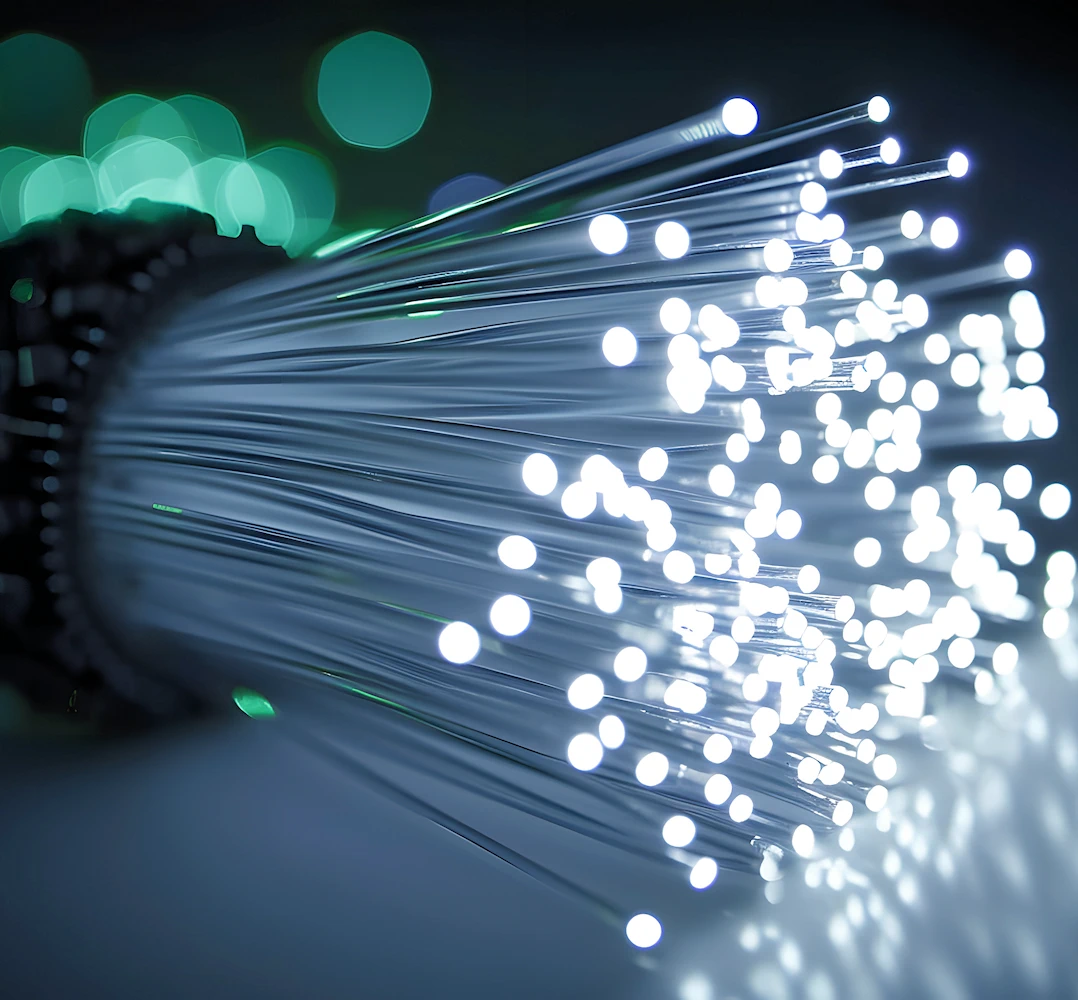
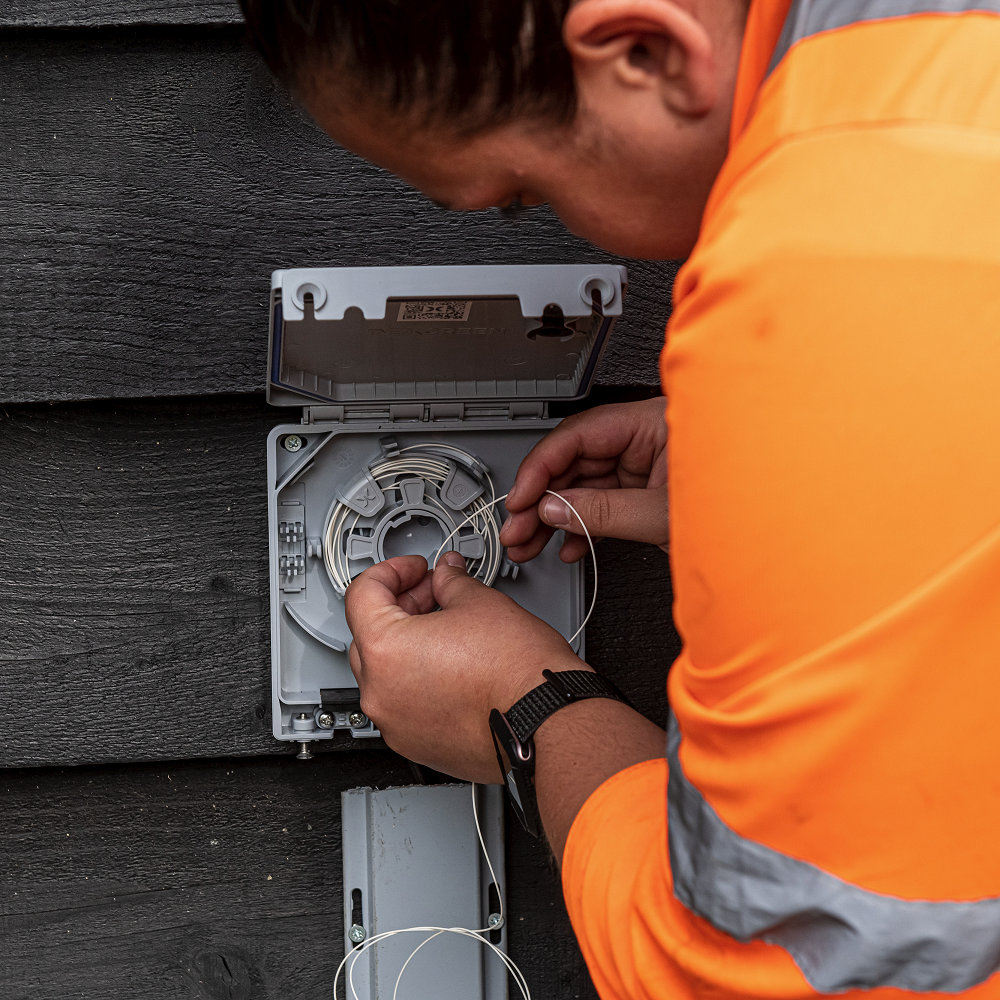

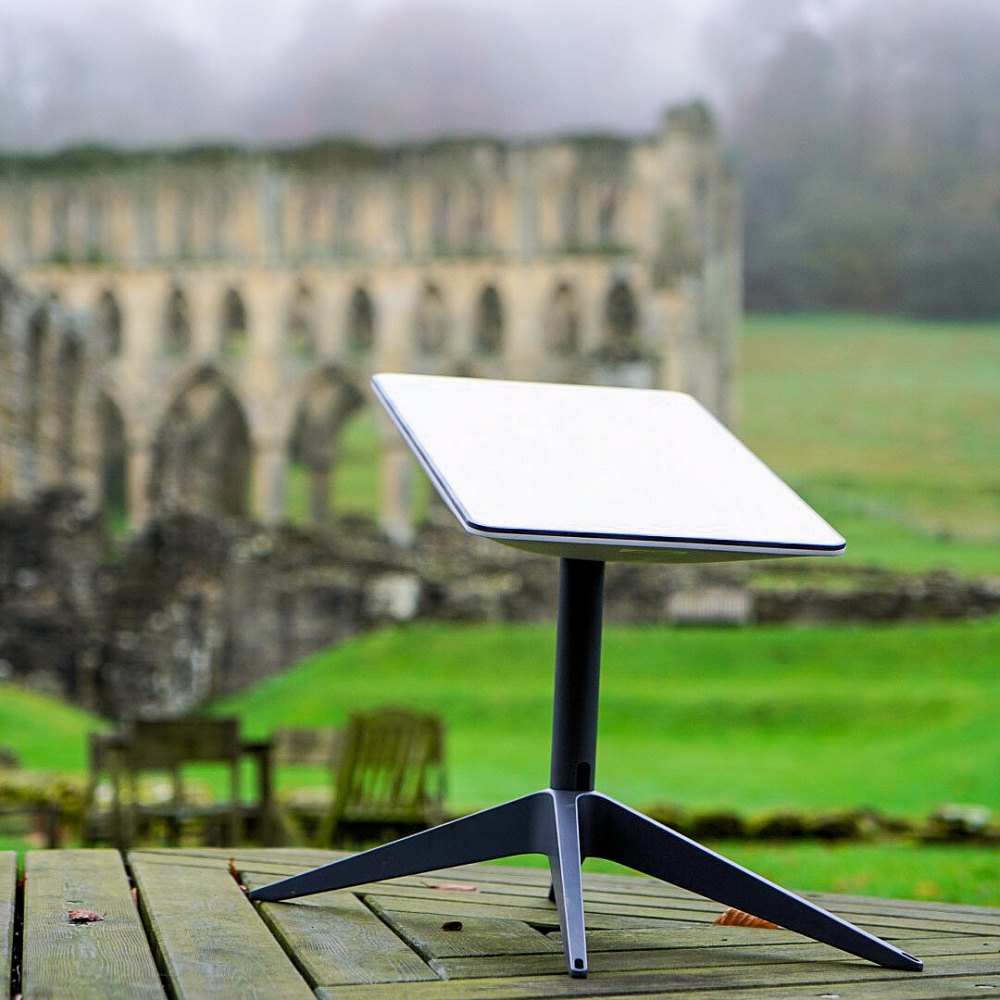
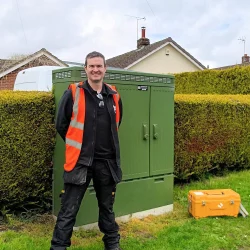
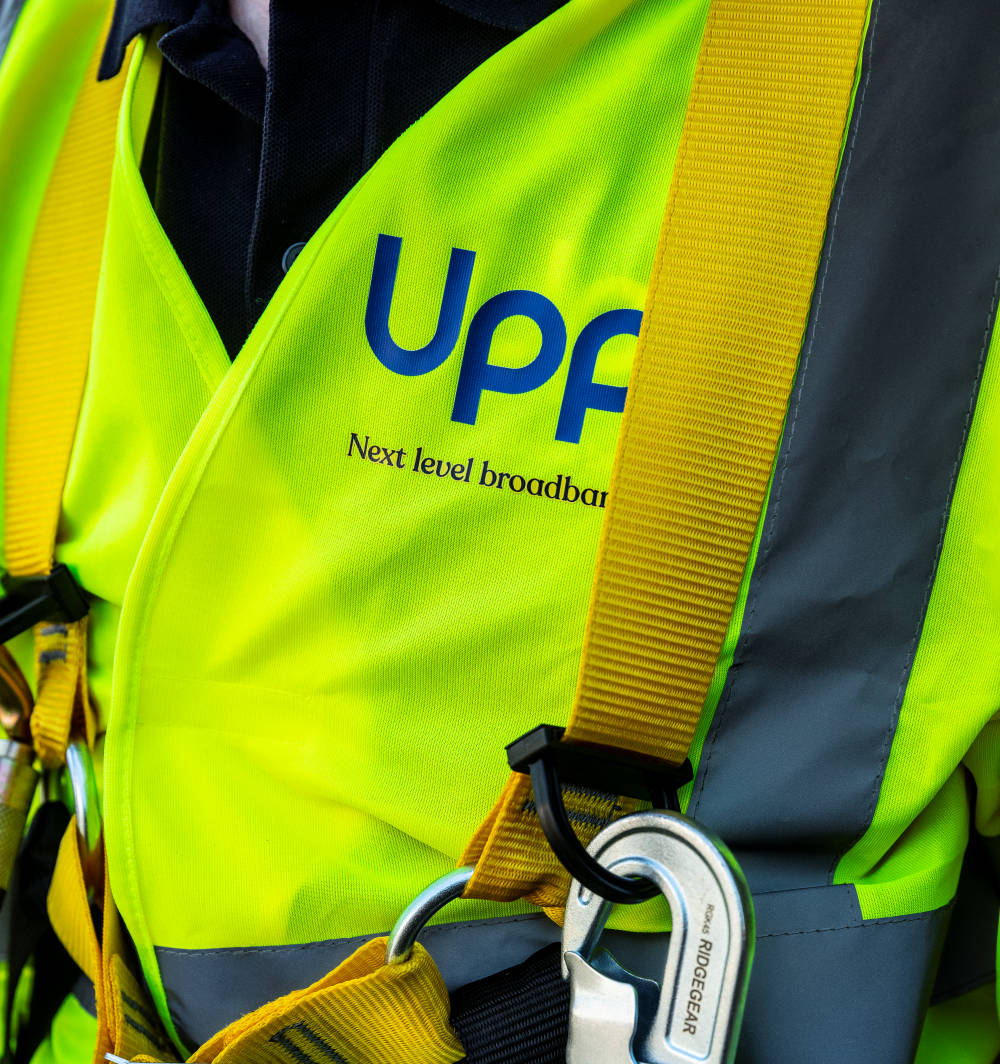

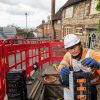

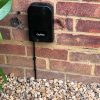








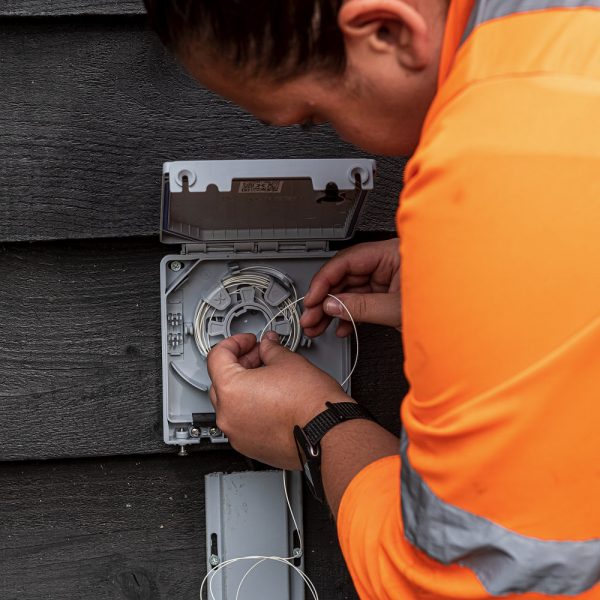
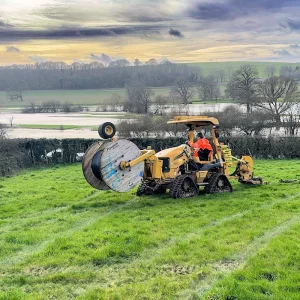

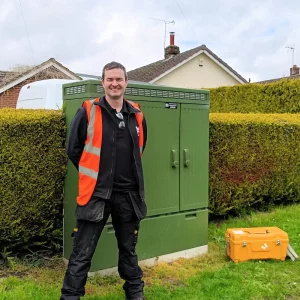































It will be interesting to see how they solve this problem, if it can be solved. It’s not like you can put a sun shade up a pole 🙂 Anything added to provide ventilation, becomes a moisture ingress point.
I have been amazed at the lengths people have gone to in the US to mount their starlink satellites. Some really crazy heights.
There has been some rumours of alternate version of the dish, but nothing concrete. Also what do you do if you have the old version, and a new version comes along and you are having thermal shutdowns, will Starlink send you out a new version for free? I think they should.
If you’re on a beta system and have thus accepted the risks inherent to that, then I think they’d be unlikely to send you another £400-£500 worth of kit at no cost. But you’re right that there are very tight margins for improving the thermals, although the current dish is only their first design, so there’s probably still some scope to make it more durable.
Will be interesting to see how they handle new hardware, they’ve usually been fairly forgiving in terms of replacing dishes where people have done something stupid like mow through the cable so I guess time will tell on what their policy ends up being on it.
I can confirm that alternative versions of the dish will not be made of concrete.
🙂
It’s a beta service, problems are bound to come-up. As with SpaceX’s rapid iterative / fix it when it breaks development process, now that it’s been identified, this issue will almost certainly be quickly resolved.
Presume this is just thermal expansion changing the focus for the lnb ?
So heat sinks on the dish backside and a motorised, self positioning lnb. And/or, perhaps the gating technology used in phased-array scanning radar could be used to constantly optimise the position of the lnb.
Modification of the dish to produce a virtual lnb – say three mini lnbs positioned @120 degree intervals 2/3 along the dish radius from which a calculated virtual signal could be derived – a bit like the combination of multiple radio astronomy telescopes.
Starlink terminals don’t work anything like this. There is no LNB or any moving parts after the initial positioning. Comms-wise they are entirely solid state.
Still really none the wiser after reading Wiki articles on Starlink, V-Band, LEO and Van Allen Belts.
Starlink article says that satellites use Ku- Ka- and E-band Phased array antennas and refers to Low Earth Orbit (LEO) placement of same. LEO is defined as below 2000km altitude, whilst the Van Allen belts start at 650 km and go out to 25,000 Km. So, I would suspect that at least some of the Starlink “Shells” of satellite orbits are going to reside in the start of the Van Allen belts. And the satellites are transmitting in microwave bandwiths at presumably lower power than the average communications satellite – they only weigh 500-600lb, standard sized comms satellites are in the range 2000 – 12000 lbs.
From the pictures I’ve accessed the consumer “Antennas” are dishes . . and, I take it that the only purpose of a dish is to focus incoming or outgoing signals . . and there seems to be some inverted horn device projecting from the centre of each dish to a point slightly short or near where one would find a trad LNB. Same meat, different gravy
And the signal is affected by rain/bad weather, wandering tree branches, interference from local terrestial transmitterr including microwave landing systems and weather radar on aircraft, atmospheric lift and flop conditions . . . just like like standard links . . but without the transmission power.
So the signal that reaches the ground could, on occasion, be rammed full of noise.
So heat . . .tell me another, that would be the least of the concerns.
25,000 of them orbiting at various latitudes in 5 low earth orbit, accidents waiting to happen.
That will be Dodge-ball then for any other launches. The loss rate should be spectacular.
Best of luck with that
Not sure what you’ve found but sound nothing like Starlink antennas. https://www.youtube.com/watch?v=iOmdQnIlnRo
The world is selling this idea in every country – broadband for rural (rich) areas that never wanted it, self driving cars (dont drive near buildings or trees tho).. Are we stupud enough to believe this on average? Or just in the west..? You know, lets not talk about geostat orbit and earths magnetosphere at all then.. .
“broadband for rural (rich) areas that never wanted it”
A few issues with this one. The assumption of being rural = rich tends to be mostly incorrect, as can be seen via various economic reports on the rural economy in England. Perhaps part of this stems from all those Victorian period dramas on TV, where you see mansions and posh folk on horses etc. Reality is rather different. Wages are lower, living costs higher, jobs are harder to find and so are other services (banks, hospitals etc.) and amenities.
As for the assumption that rural areas never wanted better broadband, how did you come to that conclusion? The last 10 years has seen a lot of investment going toward tackling exactly that complaint by residents and businesses in such areas.
At this point somebody usually comes along and suggests that those who live in such areas have chosen to accept those disadvantages, which rather overlooks the fact that many people are born into such locations.
I find the Cotswolds seem to be ever increasingly for the wealthy, having a lot of locals having moved out, being priced out of buying local. Certainly it seems to have an air of exclusivity about the area with the second home brigade, even nimbism. Certainly for the area I live in there is a very anti technology movement (Phone masts, broadband cabinets) so in some areas that statement rings true.
Mark as I live near you in CV37, what you say is 100%
I really do not undeestand why people are paying for a service that’s expensive and worse than their normal service providers. I can imagine if you are in a remote location why you would want this, or haven’t got access to fast Internet. This should be a last option really. Beta, expensive, and has issues. Not a great thing to spend all that money on.
Use your phone with hotspot seems a better option, and cheaper. Anyway each to their own.
The problem is that those living in rural areas don’t have a lot of options.
Mobile networks aren’t an answer, due to speed and range, physical obstructions due to geographical circumstances.
Fixed connections are hit hard by their range from the nearest cabinet.
Those who are on existing geo based satellite internet services, are paying through the nose for low speeds, and high latency.
There is a real market there, with a potential income far exceeding space X income from launches.
karl what you want is call mifi, a propper router designed for mobile networks rather than fixed line
Apparently a software update will be released to resolve the issue seen by some users in AZ….
https://www.tesmanian.com/blogs/tesmanian-blog/thermal
Who said Musk had the right to pollute the night sky with all these satellites anyway ! It’s disgusting … Rich bloke getting richer with no regard for the planet.
I signed up for Starlink in February, paid the £89 deposit. Now nearing the end of June and still no word. We are in Argyll. Around here there are few broadband options. Shame that Musk chooses to not hire anybody for customer services and support.
Signed up in February. Got an email a week ago (early October) to say that our order was confirmed, and one a day ago to say that our order had shipped. Dishy turned up this morning. Took 5 mins to setup.
Our old service provider had download speeds of 7.6 Mb/s and a ping of 52.
Starlink gave us 172 Mb/s with a ping of 45.
And that was just plonking the antenna down in the backyard without worrying about obstructions (trees in our case). Once it’s mounted we’ll hopefully get even better.
My biggest concern atm is heat. We normally get low 40s here in summer, and occasionally it nudges up towards 50. Very concerned that any roof mounting will easily push it over the edge into overheat.